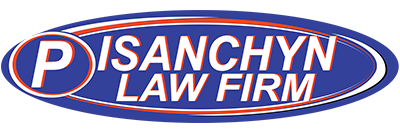More than 4,500 workers are injured, and another 60 lose their lives, in scaffolding accidents each year – largely because of employer safety failures. OSHA has found that scaffold hazards are most commonly attributed to an employer’s failure to ensure safe practices on the job site.
Common causes of scaffolding accidents
- Improper scaffold stability
- Unsafe loading practices
- Workplaces that are prone to falling debris, materials and tools
- Employer’s failure to provide adequate fall protection
- Because suspended scaffolds and aerial lifts allow for workers to be at elevated heights, there are also serious electrocution and fire hazards present that can occur if scaffolding or a worker comes into contact with electrical power lines.
The Bureau of Labor Statistics (BLS) finds that almost three-quarters of all scaffold falls are the result of planking or support collapsing or an employee falling or being struck by an object.
What can employers and employees do to ensure safe scaffold use?
- Use fall arrest systems (and personal fall arrest systems) as well as guardrails;
- Never overload scaffolding with people or equipment;
- Ensure that a competent team member inspects scaffolding;
- Close off the area below a scaffold to require no-entry while in use;
- Install a net or canopy to protect workers from all falling objects, tools and equipment, and:
- Observe the appropriate clearance distance between suspended scaffold and all power lines – consider de-energizing power lines if necessary
Catastrophic injuries are caused from poorly maintained, improperly guarded or unstable scaffolding and aerial lifts. Some injuries that are commonly associated with this type of work accident are:
- Traumatic brain injuries
- Internal organ injuries
- Paralysis
- Spinal cord injuries
- Broken bones
- Severe lacerations
Depending on how serious the injury is, individuals may require substantial time off work for treatment, rehabilitation, surgery and recovery. In many cases, however, a worker may become permanently disabled after being injured on-the-job in a scaffolding-related incident.
Individuals who are disabled as the result of a workplace illness, injury, disease or condition are able to file for workers’ compensation benefits. Workers’ compensation benefits are intended to help injured workers sustain themselves and their loved ones – who may rely on sharing incomes to make ends meet – while they take the time they need to recover from a workplace injury.
If you have been injured at work, you should report it to your supervisor right away and be sure to keep a personal record of your injury or illness.
If you or a loved one has suffered injuries or death due to a scaffolding accident, the Pisanchyn Law Firm’s construction accident attorneys can help. Call 1-800-444-5309 now for a free consultation. We have offices in Harrisburg, Pittsburgh and Scranton and will travel to you.





